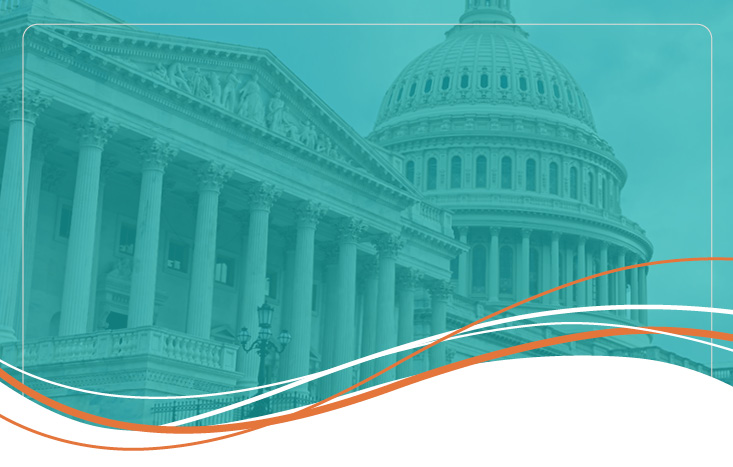Innovations in Medicaid: Driving System Transformation
One of the key strengths of the Medicaid program is its built-in capacity for variation and innovation. Within broad parameters, each state agency can make different decisions about how to implement state plan requirements, take up state options, or utilize various waiver authorities to construct their program. If states want to move beyond those parameters, they can seek federal approval through section 1115 demonstration waivers after consultation with their stakeholders. Negotiations between the federal and state governments concerning such waivers, even when pursuing shared goals, are complex and time-consuming, involving tests of budget neutrality and establishment of terms and conditions including evaluations. Nonetheless, more than 45 states now operate such waivers enabling states to test and adopt new ideas to improve coverage, access, quality, and outcomes.[1]
Our nation’s healthcare system is facing a moment of crisis, challenge, and change. We are challenged by unmet needs, uneven distribution of resources, and misaligned incentives made obvious and made worse by the COVID-19 pandemic. The good news is that, within the Medicaid program, there is a track record and structural opportunity opening for leadership and transformation to answer this call. We see urgency and renewed commitment on both sides of the political aisles, among Medicaid leaders at all levels of government, and throughout the healthcare system to meet the moment.
Further, because of its reach and critical role in serving low-income children and adults, persons with disabilities, the aging, and those struggling with substance use disorder and mental health challenges, the Medicaid program must help drive recovery, improvements, and transformation of the healthcare system in a way that promotes health equity for all populations and serves the most vulnerable in our society.
Recently, Arizona, Arkansas, Massachusetts, and Oregon have sought and received federal approval for new efforts to improve health equity and address social drivers of health. The Centers for Medicare and Medicaid Services (CMS) accommodated these important requests with new flexibilities in calculating budget neutrality, a decision we endorse fully. It is also notable that these approvals embrace a willingness to reassess established processes and controls when they may not be adequate to facilitate the demonstration of new policy approaches that could have significantly positive system-wide impact.
We are hopeful that CMS will go further and consider alternative methodologies to demonstrating value for a broad range of transformative projects. Many important investments made by the Medicaid program might increase costs in the short term but will return savings or produce efficiencies over a longer period or to different parts of our health system; they may also substantially improve the quality of life for beneficiaries and enhance the well-being of families and communities. Long-term effects, effects beyond the health system, and effects beyond Medicaid are more difficult to measure and attribute; but if our goal is an integrated health system that works for all populations, across payers, and upstream for prevention and early intervention, these effects are critical to make more visible. In this way, some of the most important impacts of our interventions may not be visible or recognized, at least not for some time and not without well designed longitudinal health services research. The best methodologies for controlling costs and capturing value will recognize those realities.
We also recognize that a balance is necessary to ensure thoughtful introduction of new ideas into a system fatigued with change; of controls over costs in a system that is already expensive; and of prioritization of initiatives and tasks for already stressed and overloaded government policy-making and health system delivery workforces. We need to ensure that we are reducing time spent on routine and nonessential tasks lengthening demonstration periods, increasing automation and leverage through technology, reducing choke points, and widening the circle of participants in and contributors to experimentation and learning.
This moment is made for Medicaid, and Sellers Dorsey has been hard at work to help Medicaid agencies take clear-eyed aim at the change we need and chart a new course with providers, plans, and technology and service partners to deliver the results we seek. We are especially focused on making sure the nation’s safety-net system can emerge from this moment better equipped with resources, stabilized, and transformed to serve their communities at a high level of performance. Sellers Dorsey will be highlighting this subject with more posts on this topic in the coming year.
[1] Kaiser Family Foundation (KFF). “Medicaid Waiver Tracker: Approved and Pending Section 1115 Waivers by State.” November 2, 2022. https://www.kff.org/medicaid/issue-brief/medicaid-waiver-tracker-approved-and-pending-section-1115-waivers-by-state/







